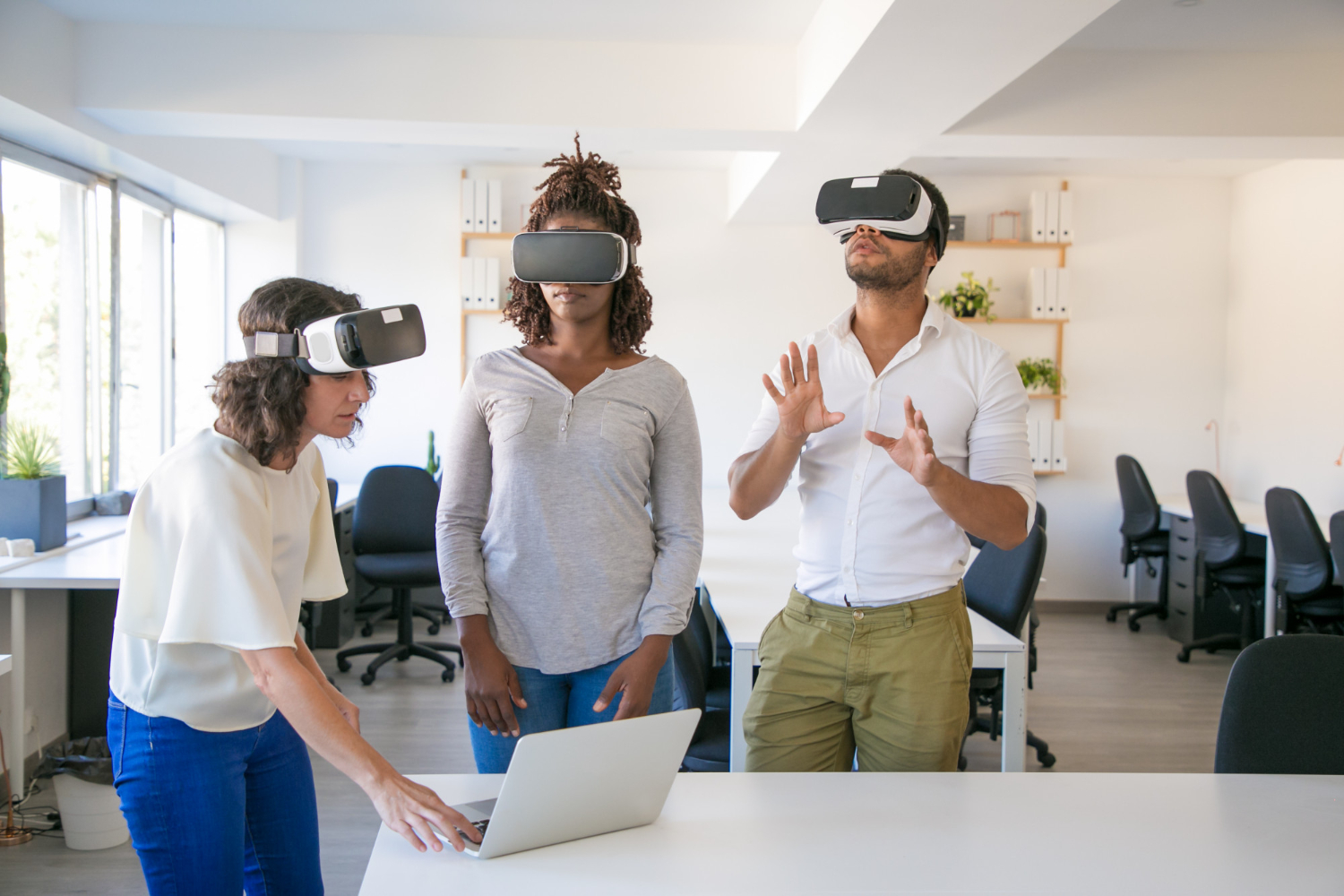Face recognition is a technology that is taking the world by storm. Facial recognition is ubiquitous, from unlocking phones to clearing customs and scanning people entering stores and entertainment venues, it’s everywhere. While the technology might seem convenient in identifying and measuring facial features to prevent fraud and identity theft, it comes with a growing list of concerns.
Where Is It Used?
In many airports, customs officials are using facial recognition to screen passengers. In some airports, the technology is used to identify suspects by searching through a database of images.
Facial recognition is also on our phones; iPhone face ID, for example, can be used to unlock your phone or iPad and even allow you to make a purchase. Apple has continued to expand its face ID technology to its other devices. By transitioning to face ID, Apple is ending most of its devices’ home buttons and fingerprint functions.
When entering entertainment venues, facial recognition technology is being used to bolster security and identify those entering arenas. The technology uses cameras to capture images of people and then uses an algorithm-based database of photos to identify potential security threats.
Some schools in the United States are also considering adopting the technology for safety reasons. Schools can use it to monitor who is on their property. However, opponents argue that the technology infringes on privacy and accuracy, especially regarding children. Others believe that the prevalence of face ID violates constitutional rights and is subject to manipulation and bias.
In countries like the United States, where technology is becoming increasingly popular, many believe that the government must limit and restrict the use of face ID and the scope in which it is developed. Many fear that the prevalence of face recognition technology is giving rise to a Chinese style surveillance system.
Is Facial Recognition Technology Biased?
Facial recognition technology has its faults; in the United States, for example, the system is causing debate across law enforcement. People are concerned that facial recognition systems are biased because their results are less accurate in other demographics.
Studies have shown that face recognition systems have been used by the police for more than two decades in the US. Yet, they work well only on Caucasian men, partly because of the lack of diversity of the images in the underlying databases. Because of this, corporations like Amazon, Microsoft, and IBM paused their facial recognition offerings for law enforcement in the United States.
Given the rise of face ID technology, researchers have developed an online tool called Exposing AI. It allows people to sift through millions of images collected from online sources and surveillance cameras. The tool matches images from Flickr, an online photo sharing service that offers a window into the vast amount of data and images. The online tool made people admit that some of their most private moments could have been jeopardized.
Other companies like Clearview, for example, have introduced a downloadable app that gets images from social media networks like Facebook, YouTube, Venmo, and millions of other websites to create a repository of images that law enforcement officials and government agencies can use. The app is not publicly available and is only used by law enforcement officers.
Is Banning Facial Recognition the Answer?
Rising concerns over privacy and security caused many to question the use of facial recognition technology and even consider banning it. Although these efforts might be well intentioned, there are better ways to address modern surveillance than banning facial recognition.
In the technologically advanced world we live in, a wide range of other methods can be used to identify people. Cameras are good at reading fingerprints and iris patterns meters away. Still, even without them, we can always be identified by our smartphones, which broadcast unique numbers, also known as MAC addresses. Other things that can quickly identify us include the license plates on our cars, phone numbers, and credit cards. Browsing and online purchasing data can also be collected.
A ban on facial recognition will not make any difference in a world with many surveillance techniques. The issue at stake is that we are being identified with or without our knowledge or consent, and that needs to be addressed effectively in our societies. It doesn’t matter which technology is used; the point is that we can be consistently identified over time in several ways.
In Europe, for example, there are data protection rules about how people’s data is collected, combined, and processed. Facial recognition is only receiving the brunt of the tech backlash because of its pervasive use.
The future of face ID technology remains unknown because it tends to deliver false matches for ethnically diverse communities amid growing concerns over the appropriate use of its images among law enforcement officials. How our society chooses to address these concerns is in question. It will require a mixture of policy tweaks and adjusting people’s habits, but for the time being, this technology isn’t going anywhere for a long time.
David Messiha | Staff Writer




















